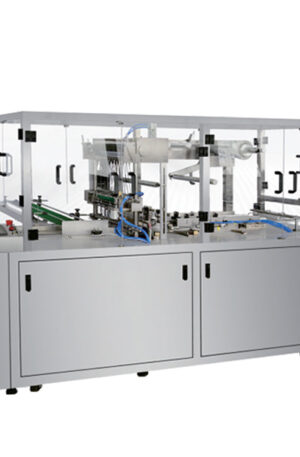Title: “The Role of Pharmaceutical Machinery in Modern Drug Manufacturing”
Pharmaceutical machinery plays a crucial role in the process of modern drug manufacturing. Among the key pieces of equipment used in pharmaceutical production are table press machines and capsule filling machines. These machines are essential for the efficient and accurate production of various pharmaceutical products.
Table press machines are commonly used in the pharmaceutical industry to compress powdered materials into tablets of uniform size and shape. The machine works by applying high pressure to the powder blend, forcing it into a die cavity to form the tablet. The tablets produced by table press machines are then often coated for easier swallowing and to improve stability.
On the other hand, capsule filling machines are used to accurately fill empty gelatin capsules with powdered or granular materials. This process ensures precise dosing of medications and supplements. Modern capsule filling machines come in different models, such as the TDP (Tablet Pressing Machine) and THDP (Tablet Hardness Testing Machine), each designed to meet specific production needs and quality control requirements.
The TDP machine, for example, is a versatile piece of equipment that can be used for both tablet pressing and capsule filling. It offers high efficiency and flexibility in pharmaceutical production processes. The THDP machine, on the other hand, is essential for ensuring the quality and consistency of tablets by testing their hardness and durability.
In conclusion, pharmaceutical machinery such as table press machines and capsule filling machines are vital components of modern drug manufacturing. These advanced equipment not only enhance the efficiency and accuracy of the production process but also help maintain the quality and consistency of pharmaceutical products. As technology continues to advance, pharmaceutical machinery will play an increasingly significant role in meeting the growing demands of the pharmaceutical industry.





